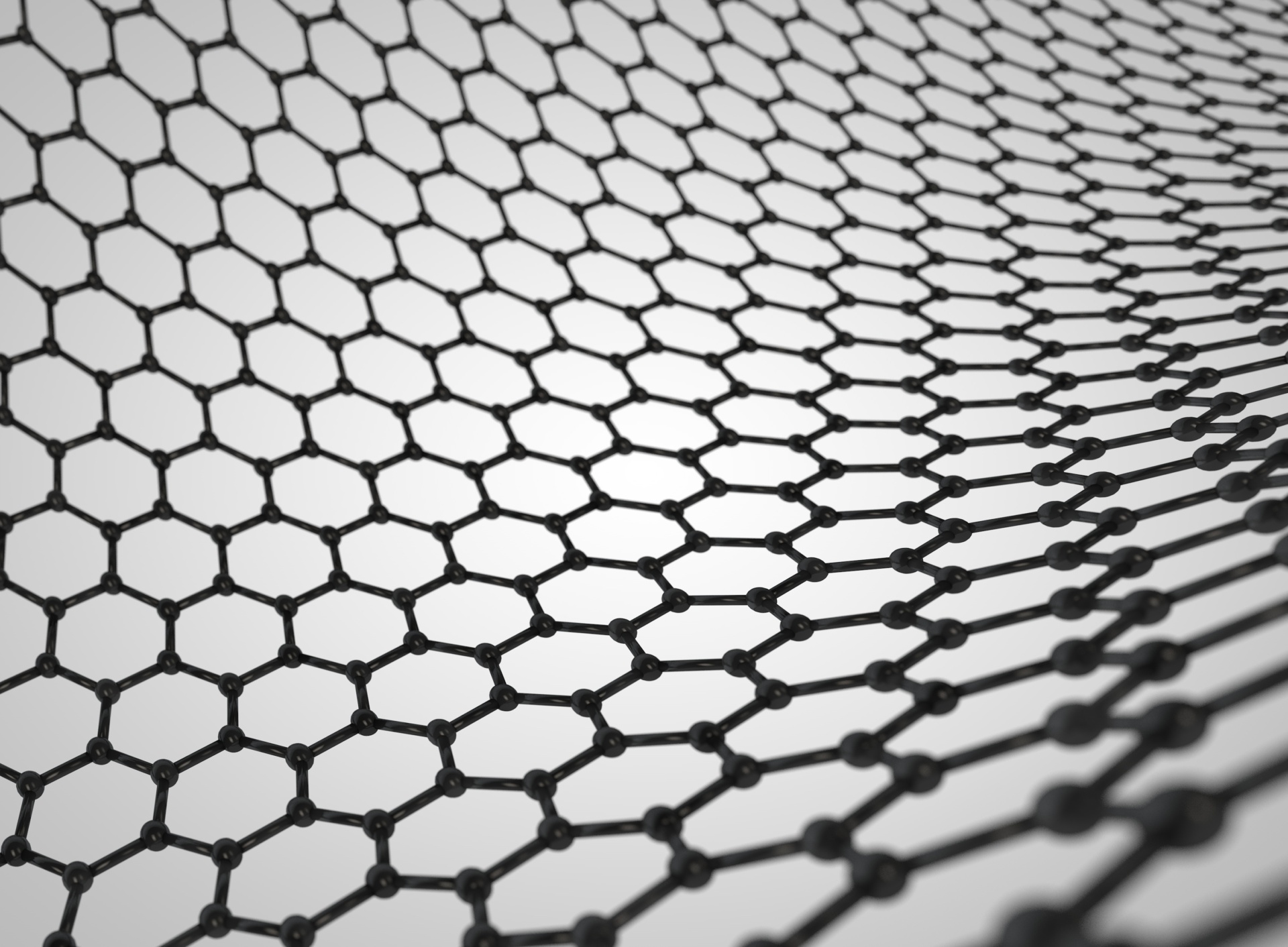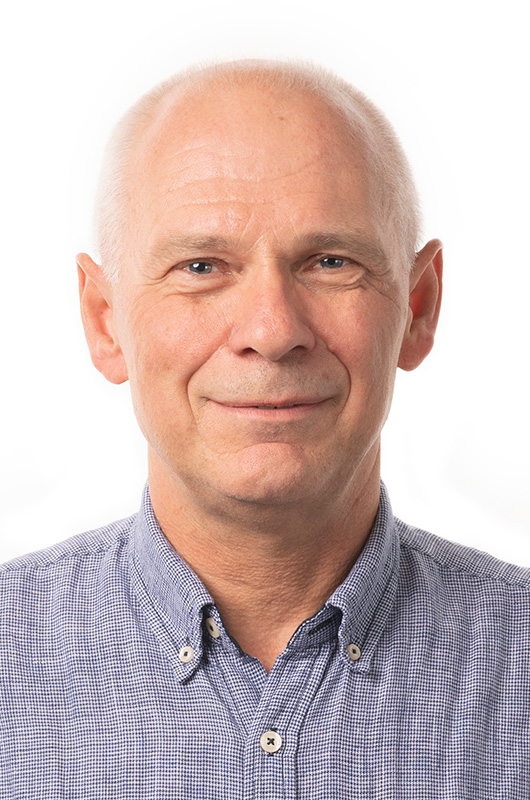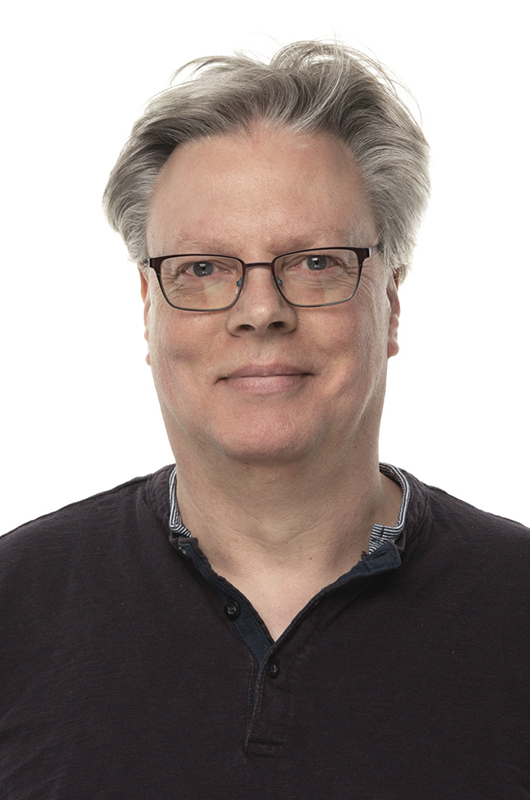RIDSEM – Reflectivity and Interface Diffraction Studies of Emergent thin-film Magnetoelectrics
We will
- Benefit from skills in Atomic Layer Deposition and integrate ferroelectrics with ferromagnetic oxides in heterostructures stacks with strong magnetoelectric coupling
- Study effect of key parameters (chemistry, epitaxy, strain, reactions, stack heights) by reflectometry and diffraction
- Utilize large scale facilities; SNBL, ID31, ID03 (@ESRF), ISIS and SuperADAM@ILL
A secondary objective is new insight and materials as basis for applications of magnetoelectrics
The physical properties of interfaces reflect the chemical state and atomic arrangement at the very boundary. The ability to study such interfaces is revolutionized via ultrasharp diffraction and reflectometry methodologies at large scale neutron and synchrotron light facilities. We will now prepare high quality model materials, with anticipated exotic interface phenomena, perform state-of the-art characterization using X-rays at RECX, UiO (and NcNeutron, IFE, in future). We benefit from our strong skills in Atomic Layer Deposition and will grow layers of ferroelectric and ferromagnetic oxides, characterize these with respect to chemistry, physical properties, structure, thickness and morphology.
We hold unique competence in growth of alkali ferroelectrics like K-Naniobates (KNN), and grow ferromagnets like La(Ca)MnO3 or CoFe2O4. We are thereby able to grow high quality multilayer stacks of ferroelectric and ferromagnetic materials, including use of KNN, with promise of components with very high magnetoelectric coupling. This opens in itself for new science. The switching of the ferroelectric films will be studied by operando methods at the Swiss Norwegian Beam Lines, ESRF. Initial property studies are made by surface probe microscopy and ferroelectric characterization at UiO. A candidate pdoc is invited to partly work at SNBL, and beam time is secured. The complex multilayer stacks will be investigated at ESRF and ILL/ISIS. The scientific cases have been discussed with the relevant beam line scientists, and reflectometry (ID03), interface diffraction (ID31) and neutron reflectometry (superadam@ILL) are planned for 2017/19.
Steps are taken to submit early proposals in order to carry out high level experiments prior to the EBS shutdown of ESRF in 2019/20. LoIs are at hand, including the University of Uppsala. The ultimate target is to build and secure competence at UiO (RECX, NAFUMA group) and at IFE (NcNeutron) with perspectives of future use of ESRF and ESS.
Sponsor: NFR
Project leader:
University of Oslo
Partners:
IFE
Start: 2017 – End: 2020/21


